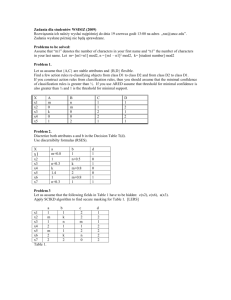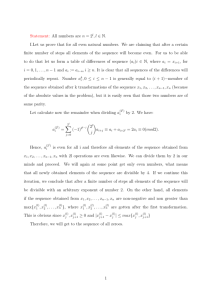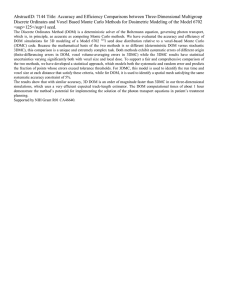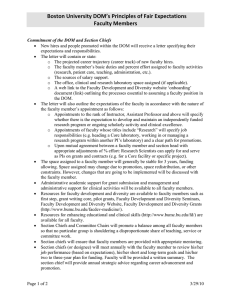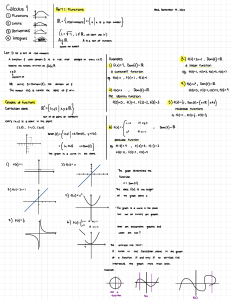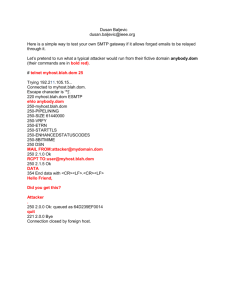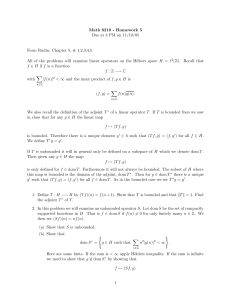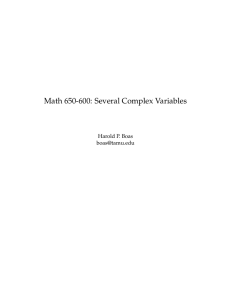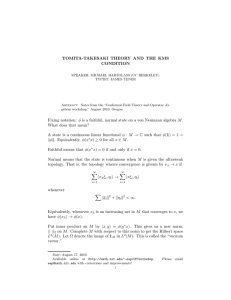Let A={a1,a2,a3,
advertisement
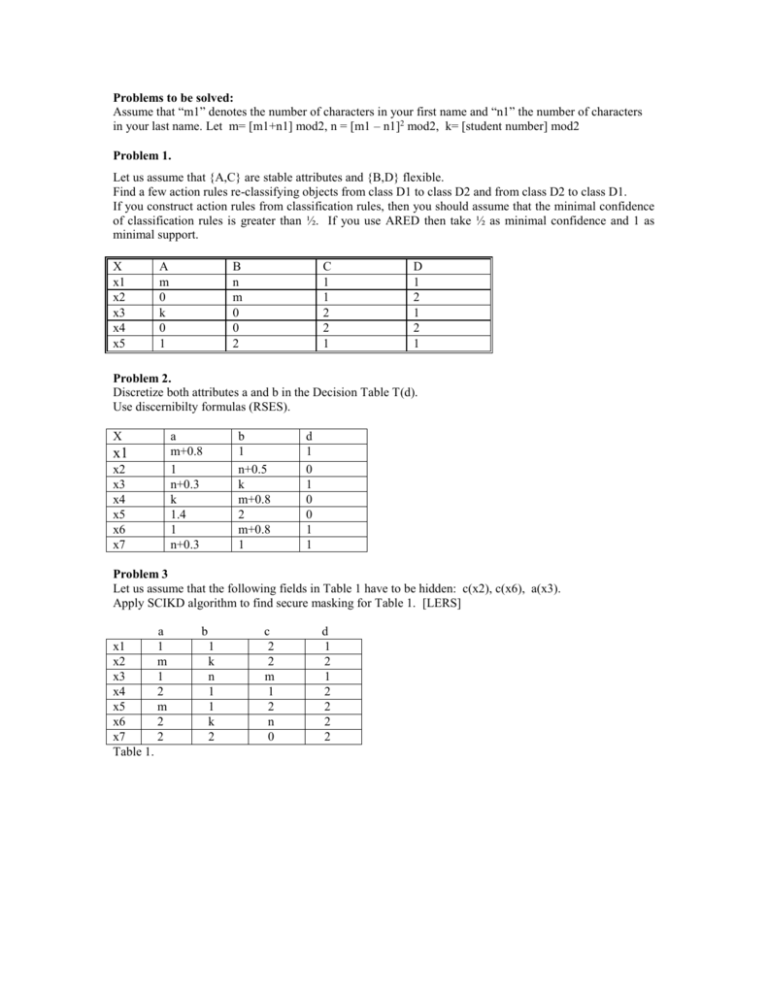
Problems to be solved:
Assume that “m1” denotes the number of characters in your first name and “n1” the number of characters
in your last name. Let m= [m1+n1] mod2, n = [m1 – n1]2 mod2, k= [student number] mod2
Problem 1.
Let us assume that {A,C} are stable attributes and {B,D} flexible.
Find a few action rules re-classifying objects from class D1 to class D2 and from class D2 to class D1.
If you construct action rules from classification rules, then you should assume that the minimal confidence
of classification rules is greater than ½. If you use ARED then take ½ as minimal confidence and 1 as
minimal support.
X
x1
x2
x3
x4
x5
A
m
0
k
0
1
B
n
m
0
0
2
C
1
1
2
2
1
D
1
2
1
2
1
Problem 2.
Discretize both attributes a and b in the Decision Table T(d).
Use discernibilty formulas (RSES).
X
x1
x2
x3
x4
x5
x6
x7
a
m+0.8
1
n+0.3
k
1.4
1
n+0.3
b
1
n+0.5
k
m+0.8
2
m+0.8
1
d
1
0
1
0
0
1
1
Problem 3
Let us assume that the following fields in Table 1 have to be hidden: c(x2), c(x6), a(x3).
Apply SCIKD algorithm to find secure masking for Table 1. [LERS]
a
x1
1
x2
m
x3
1
x4
2
x5
m
x6
2
x7
2
Table 1.
b
1
k
n
1
1
k
2
c
2
2
m
1
2
n
0
d
1
2
1
2
2
2
2
Problem 4. Assume that {Table 1, Table 2} represents distributed knowledge system.
Find all certain and possible objects in Table 1 satisfying user query
q = (age,m-age)*(d,2)*(g1).
For a definition of a non-local attribute as well as definition of attribute “age” under
user semantics contact Table 2. Assign the confidence to all objects retrieved.
age
x1
young
x2
m-age
x3
young
x4
m-age
x5
old
x6
old
x7
m-age
Table 1.
b
1
1
2
1
1
2
2
c
2
2
2
1
2
1
1
d
1
2
1
2
2
2
2
age
y1
13
y2
40
y3
12
y4
20
y5
58
y6
62
y7
70
Table 2.
c
2
m
m
1
2
1
n
d
1
2
1
1
k
k
2
g
1
0
1
1
0
1
1
In user semantics and in Table 2 semantics, the meaning of young is [1- 25], m-age is [26-65] and old is
[66-…].
Also, we assume that integers are the smallest granules for attribute age which means that
Dom(age) in Table 2 contains the smallest granules.
Problem 5.
For the information system given below, find the set of rules describing C in terms of E, F, G by
following ERID algorithm. Use ½ for minimum confidence and ½ for minimum support.
Assume that Dom(E)={e0, e1,e2}, Dom(F)={f0,f1, f2}, Dom(C)={c1,c2}, G={g0,g1,g2}.
Use Chase with threshold 1/3 to check if C(x4) will change its value based on discovered rules.
X
x1
x2
x3
x4
x5
x6
E
1
m
(e1,1/2)(e2,1/2)
2
1
k
F
1
1
n
(f1,1/2)(f2,1/2)
k
2
G
(g1,1/2)(g2,1/2)
k
1
k
0
(g1,1/2)(g2,1/2)
C
c2
c1
(c1,1/2)(c2,1/2)
c1
c2
c1

